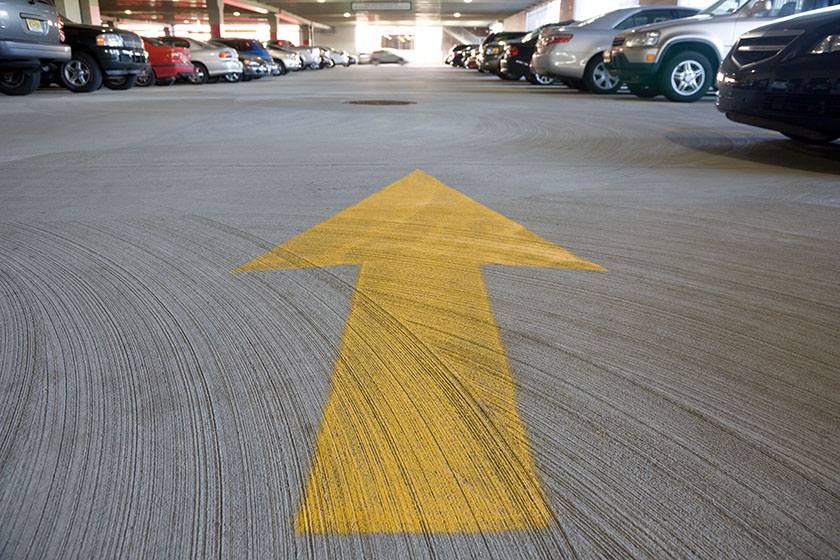Thanksgiving driving behavior trends 2025 Read article


We predict that, unlike Elon Musk’s promises about self-driving cars, the transportation ecosystem will continue to be splintered in 2020, and we will not see autonomous vehicles, drivers, bikes, and scooters coexisting harmoniously in 2020.
Big societal changes, like within transportation, involve a “test, study, and expand” pattern that today, relies on real-world mobility data. This process takes time, and the changes we’ll see in 2020 will be small and incremental, while at the same time, meaningful.
Mobility Data Is Paving the Way for Meaningful Change
The way we train our machines and computers to act on the road is based on what we know about human behaviors today. Arity, as a mobility data and analytics company, is collecting this data from multiple industries across personal transportation. This will help all of us leverage as much context possible for more meaningful models.
Safety Is Trending Up
While we gather data for more meaningful algorithms, roads are getting more crowded. Thankfully, we are seeing positive trends to make streets safer. This is especially true for micromobility options, such as cycling and scootering. In fact, many cities across the U.S. are making huge strides in implementing safe and efficient bike lanes, perhaps largely due to the public’s adoption of micromobility programs and the increased news coverage of related accidents and deaths.
Consider this: today, 151 U.S. cities actively allow at least one type of scooter or dockless bike to operate, while the number of shared bikes in the U.S. in 2016-2017 has more than doubled to about 100,000 bikes – the majority being dockless.
While it will take time to rebuild city infrastructure to accommodate this change in behavior, cities clearly understand the need to provide safe and reliable services. Just take a look at the partnerships cities are making, like those with Uber, to make transportation better. Cities have also been experimenting with safety regulations on where and how scooters and dockless bikes can be parked and deployed.
Mobility data that shows how to help shape these programs and infrastructures to best improve people’s quality of life is needed now more than ever, and we’ll see more organizations tapping into that data.
Of all the driving trips we take in the U.S., China, and the European Union, 50-60% of them are less than five miles (or eight kilometers). Imagine that the majority of these trips were taken with micromobility solutions, like bikes or scooters. This would drastically cut down on greenhouse gas emissions worldwide.
With so many retailers offering home and office delivery, it’s the norm today for just one person to cause multiple vehicles to be on the road, such as Uber cars, Amazon delivery trucks, and DoorDash drivers.
These gas emissions are contributing to climate changes that are making cities more vulnerable to earthquakes and floods, according to EY.
City leaders are already responding to these threats by prioritizing mobility in their sustainability plans, along with other goals such as adopting zero-emission targets and renewable energy initiatives.
As one example, mayors of 12 major cities, including Los Angeles, have pledged to buy and operate full fleets of zero-emission buses in 2025, and promote walking, cycling, and public transportation.
We may see the first carbon-neutral capital by 2025, in Copenhagen as they’re leveraging a mix of mobility initiatives which includes city infrastructure for e-scooters and bikes.
In 2020, we predict that additional traffic congestion will force the entire transportation ecosystem to consider how to manage millions of trip combinations simultaneously, while still helping transportation to be useful and safe.
We need to determine how to improve driving efficiency and driving routes, with sustainability top of mind. Micromobility and mobility data will be a part of that solution.
Universal Basic Mobility (UBM) is designed to help address transportation inequality; it’s difficult for many people who live far from work, grocery stores, or other resources to get where they need to go cost- and time-efficiently, let alone safely. UBM is designed to help provide a minimal level of mobility to everyone, through MaaS, or Mobility as a Service.
Unfortunately, progress is incremental, and we don’t predict it will come to fruition in 2020. The good news is, we do expect it to happen at some point in the future. Many cities in the U.S. are making strides to make UBM a reality.
As one example, in order to save money on fixed-route transit or to replace traditional transit altogether, some cities are subsidizing mobility programs like Lyft and Uber. Monrovia in Los Angeles County is one such city. They replaced their local “dial-a-ride” service with subsidized Lime bikes and Lyft rides, to make commuting more affordable and convenient for short distances.
What’s Next for the Future of Transportation?
Beyond 2020, how will transportation change? How will mobility data drive smarter, safer changes? Cycling rates are rising in more than half of the largest cities in the U.S. People are enjoying going farther more quickly on e-scooters in urban areas. With more than 4 million miles of roads, but fewer than 200 miles of protected bike lanes, (12) we have much room to embrace the health, environmental, and societal benefits of shared micromobility options. Mobility data and analysis of real-world human behaviors and preferences will help us get there.